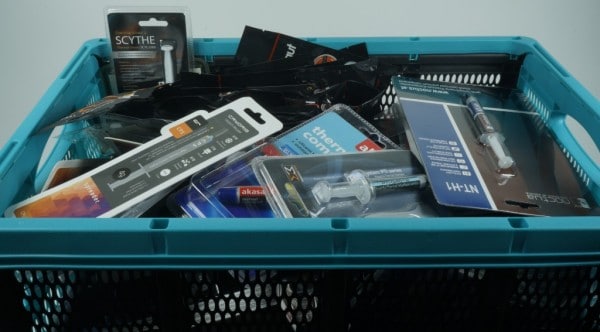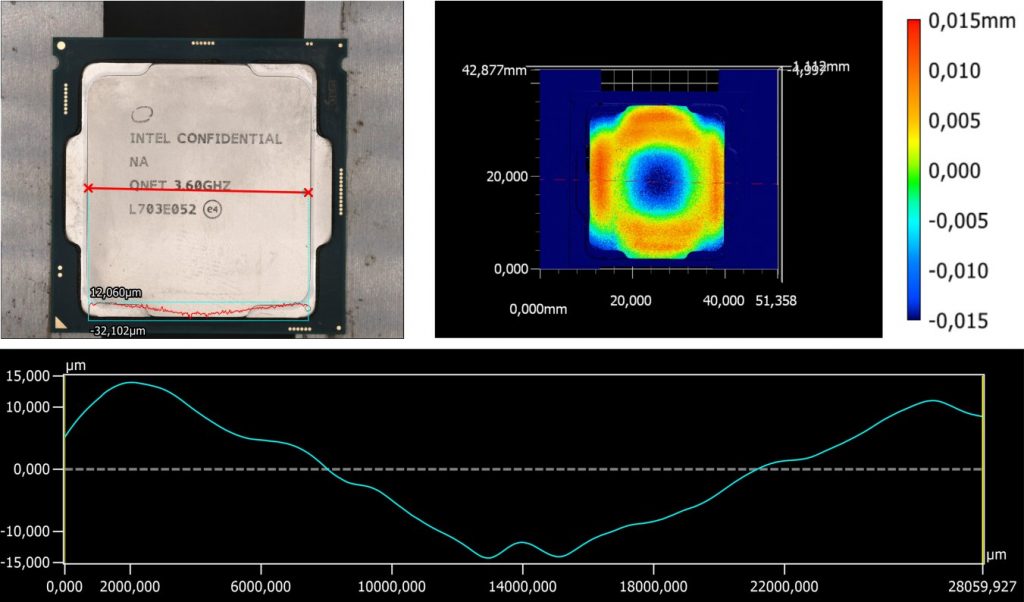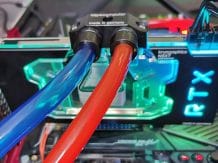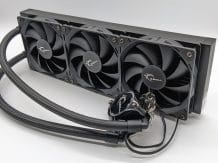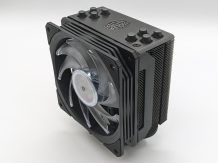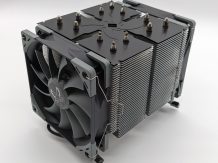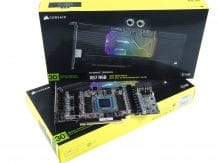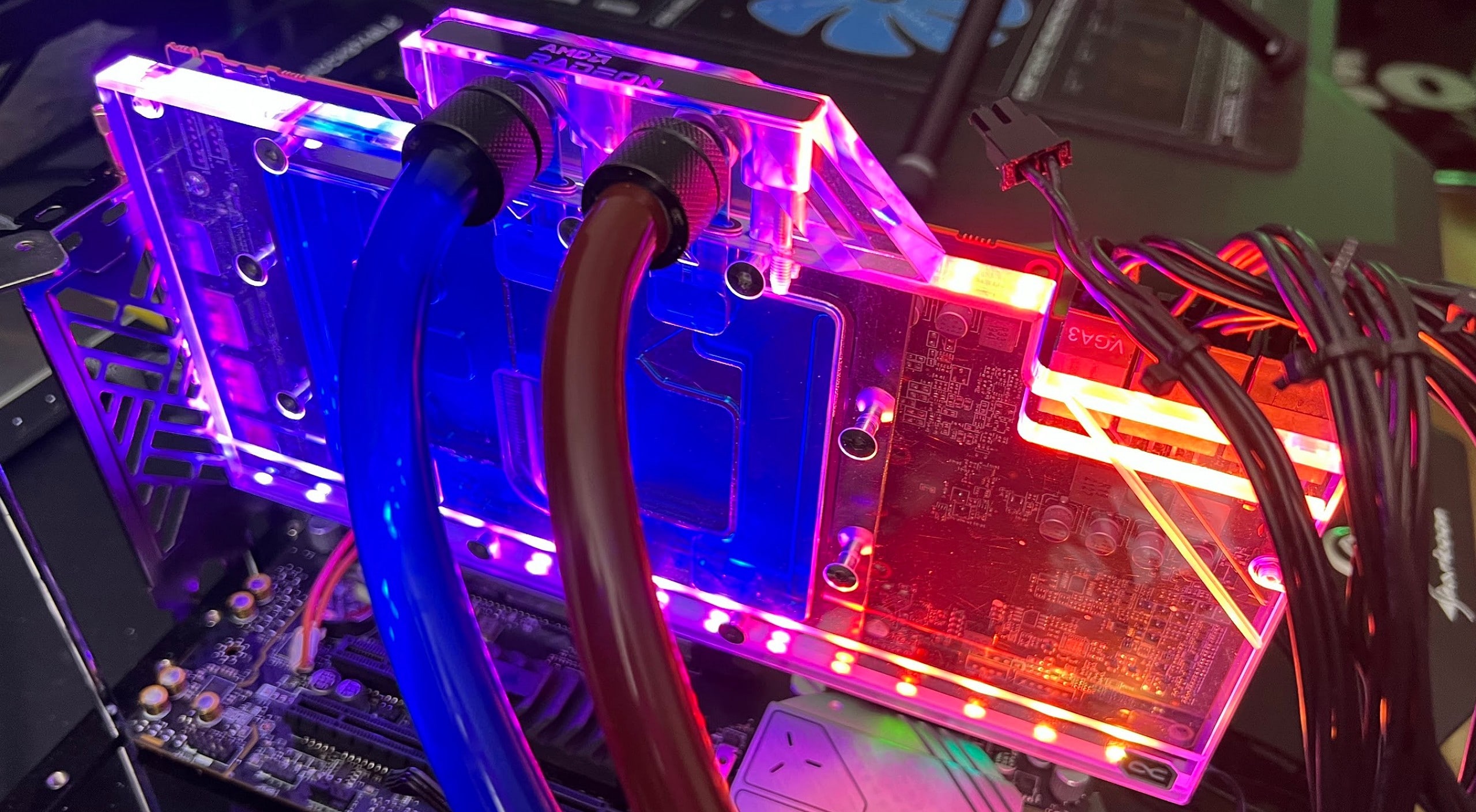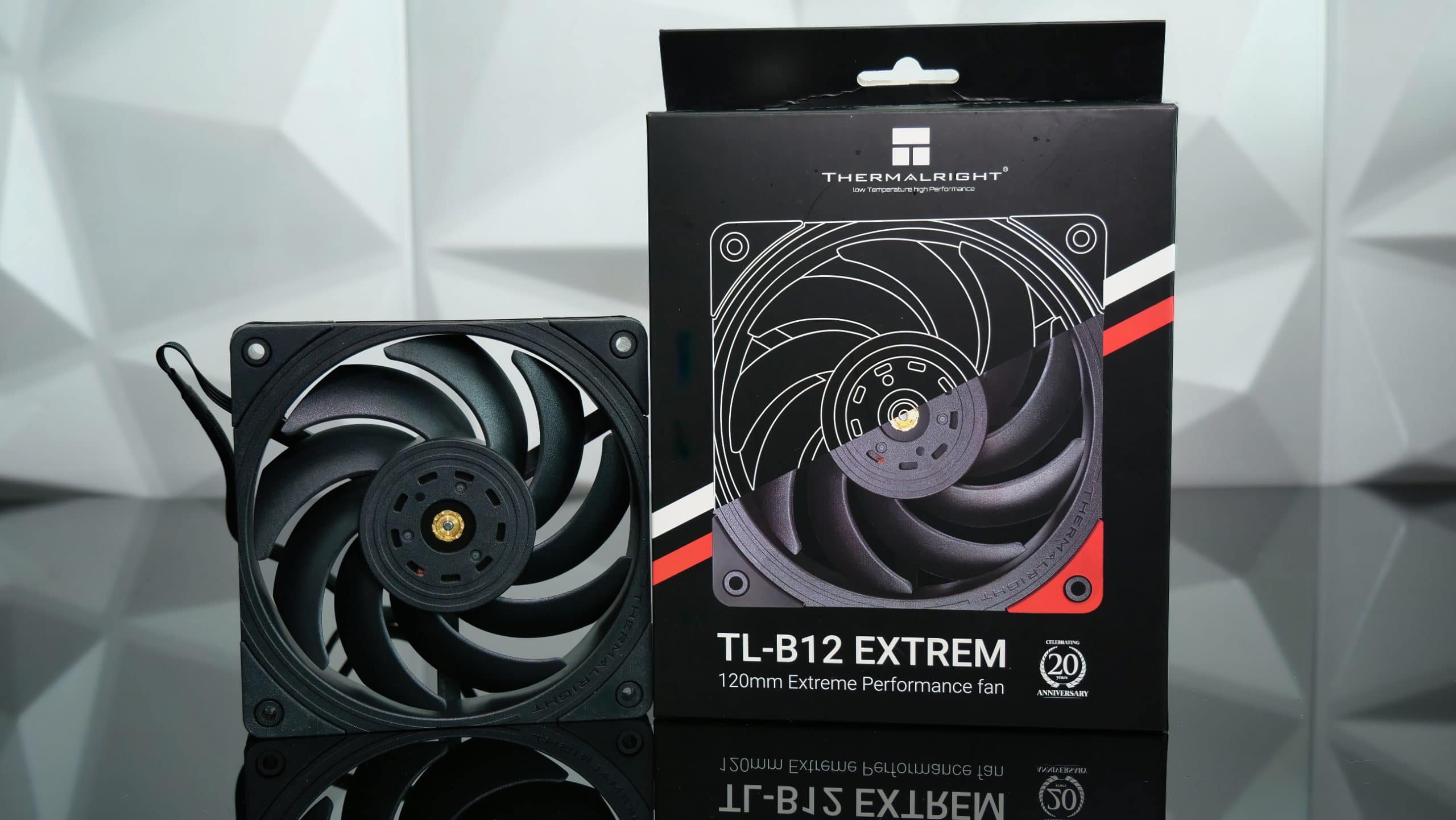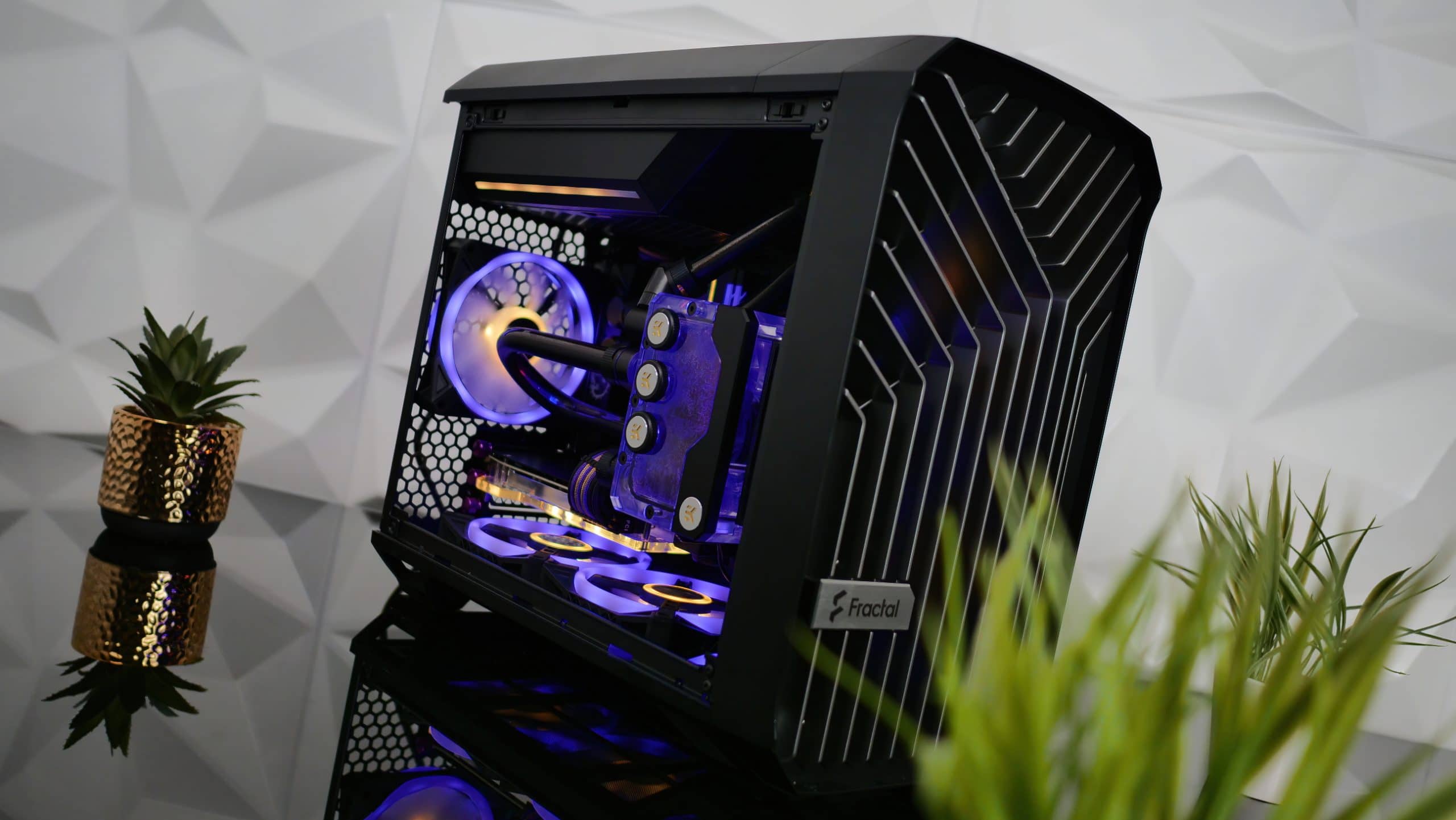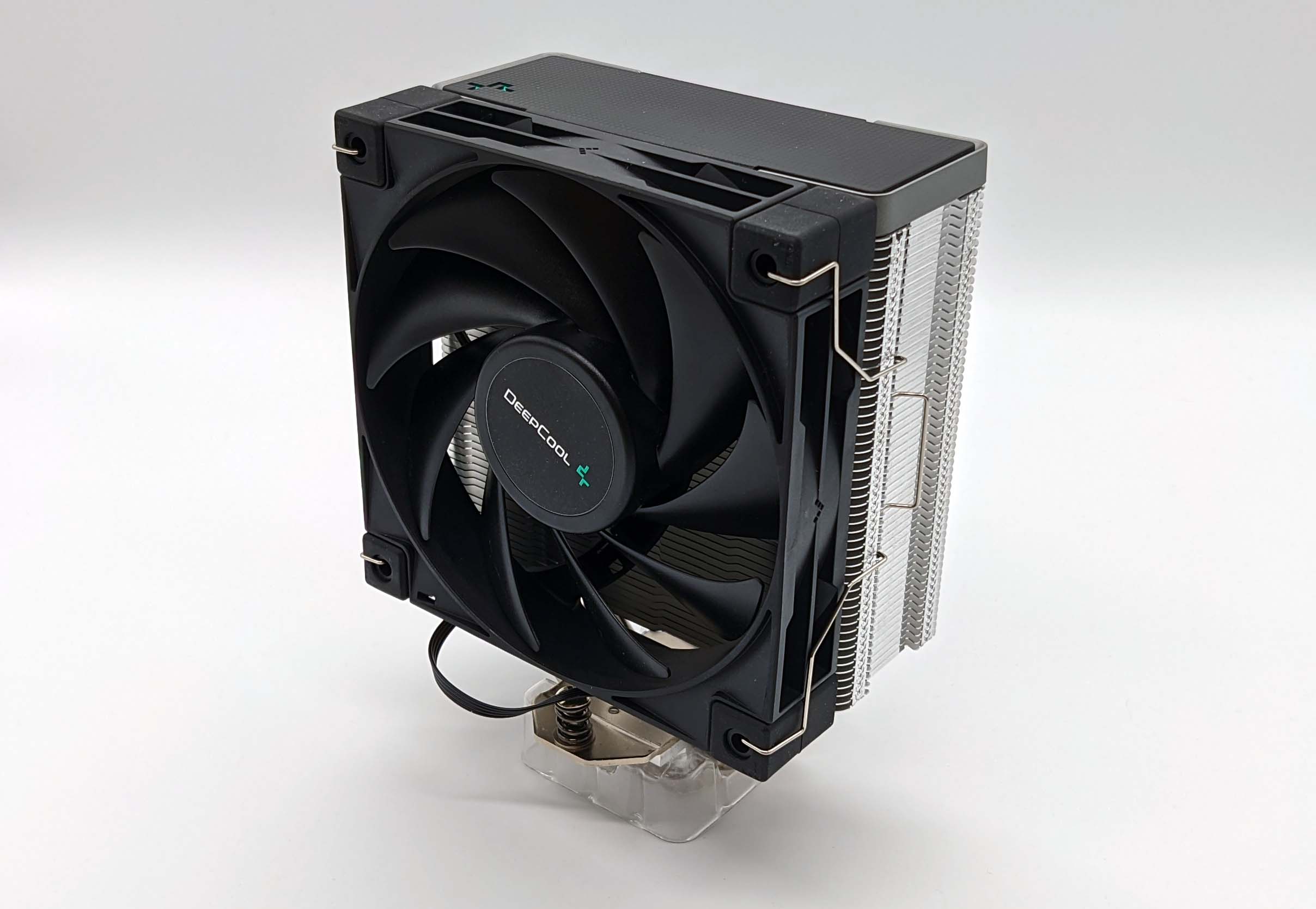The myth of thermal paste – noble paste at the pharmacy price against a cheap mass product – we do the math without mercy!
I have revised and republished this article for the occasion, because even today it is still worthwhile to ponder the meaning and nonsense of advertising messages instead of concentrating on the essentials. Certain temperature differences when using a wide variety of products can certainly exist and sometimes amount to several Kelvin (as a temperature difference analogous to degrees Celsius), but especially with current pastes, the traces are blurred very clearly. And you can easily and simply recalculate these differences, which quickly puts some PR statements into perspective. You don’t think so? Yes, it is actually relatively simple once you know how. But we’ll get to that in a moment.

Don’t worry, now there is no dry school lesson, on the contrary. But then I can’t spare you some math and physics. And that’s a good thing, because in the future everyone can calculate for themselves what they need or believe they need or where they still have to work on their own skills when applying. Which would have elegantly spoiled the continuation with the heat spreaders, which of course have been incorporated here. But back to the paste, because there is still a lot of need for clarification! Also with regard to graphics cards, because somewhat different laws apply there.
What a thermal paste has to solve and what doesn’t
There are no really smooth surfaces, even if they might still look like that at first glance. Do you want to see a cool, unused CPU? First of all, I’d have something from AMD, so please be brave. Under the microscope I see something like this:
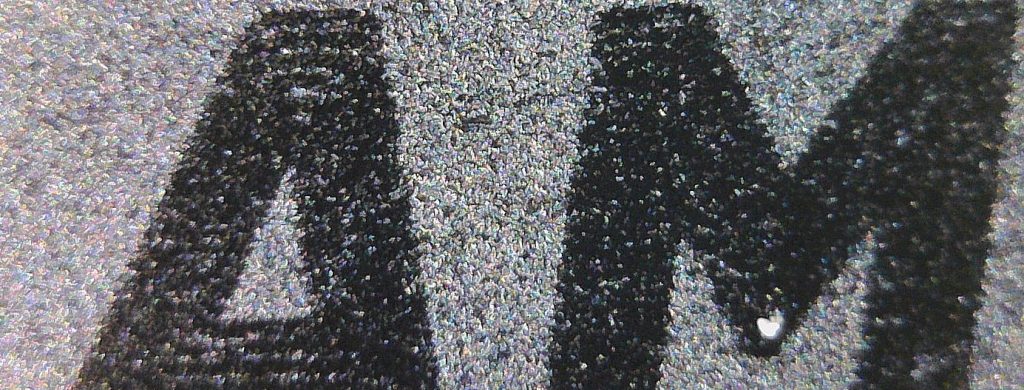

But even the Intel fanboys have no reason to talk gleefully, because such a current core processor doesn’t look a bit better under the microscope. Different heat spreader, same problem. But look for yourself:


Well, and the cooler first … The one on the next picture is the greatly enlarged copper base of a supposedly smooth radiator base. In addition to the tool marks that were already created during grinding in the factory, we can also see the light-colored remains of the first thermal paste, which have crawled into exactly where they cannot be easily removed with a normal cloth. Therefore, suitable solvents are always the very first civic duty when converting. Isopropanol is a good fighter against residual paste collapse. What good is the best paste if the old Schmodder sticks even more firmly in the cracks than many politicians on their chairs?
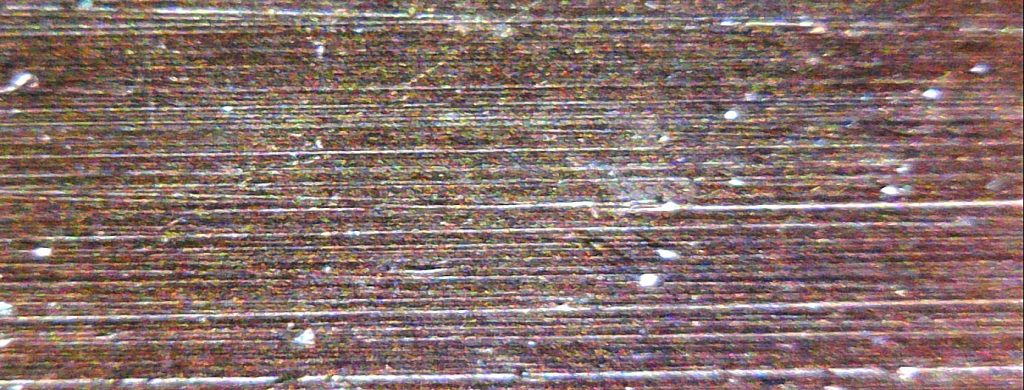
If you now bring two such surfaces together, i.e. the CPU heatsink and the cooler base, the thermal paste must fill in all unevenness and air gaps and thus completely exclude the air, which is an almost perfect insulator. Then a composite of a total of three materials is created, in which we must now be more interested in the thermal paste. Because here two things are primarily important: the thickness of the layer and its thermal conductivity or, conversely, the thermal resistance. The former air layer between the CPU heatspreader (dark gray) and the copper base (reddish) is completely filled with the paste (light gray):
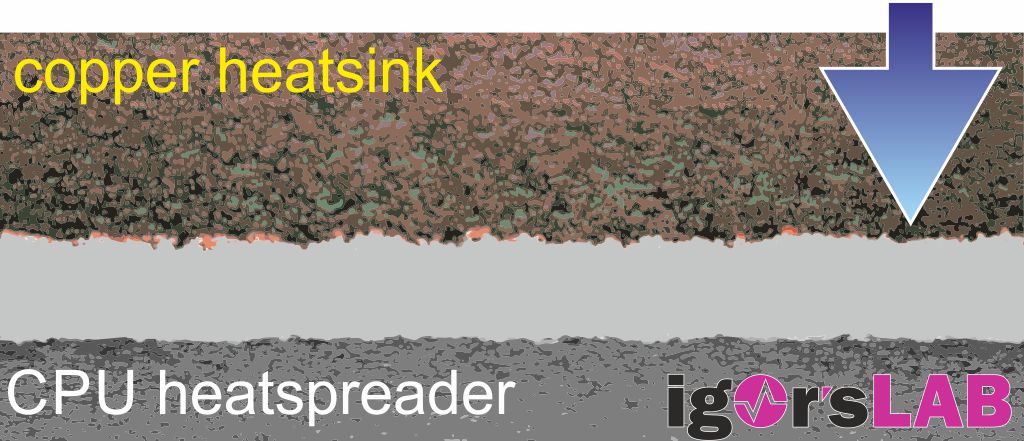
In addition to the sanding marks and unevenness of the material, the shape of the heat spreader also plays a role. The manufacturing processes are slightly different, unfortunately the curvature as well. The diagram below shows (somewhat exaggerated) why you cannot do without thermal paste and why you have to think a little when applying the processors from both manufacturers. Superfluous paste will surely escape a little easier with the AMD processor than with the Intel processor, which leads to a thicker layer more quickly. And what that leads to, we’ll discuss in a moment.
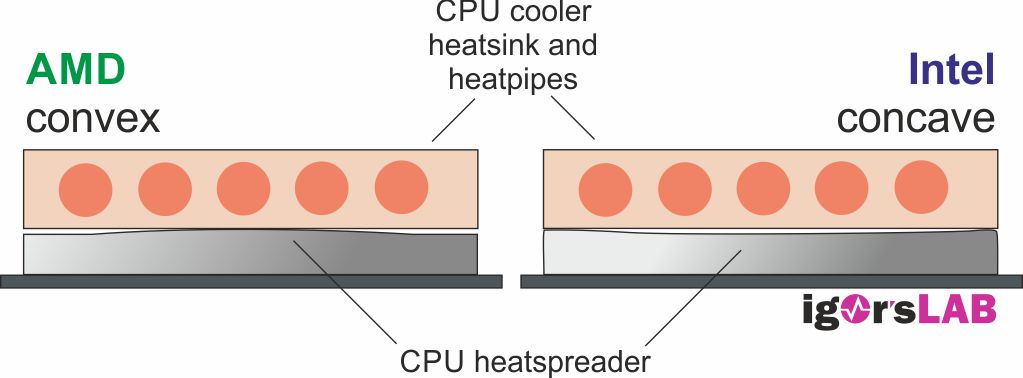
Here, too, I can serve you with a practical example, whereby in this case I have even measured the somewhat flatter processors that have already been used. Let’s start again with AMD, in this case it is a Ryzen 7 3800X (which could also stand for a Ryzen 7 5800X, because the IHS has remained the same):
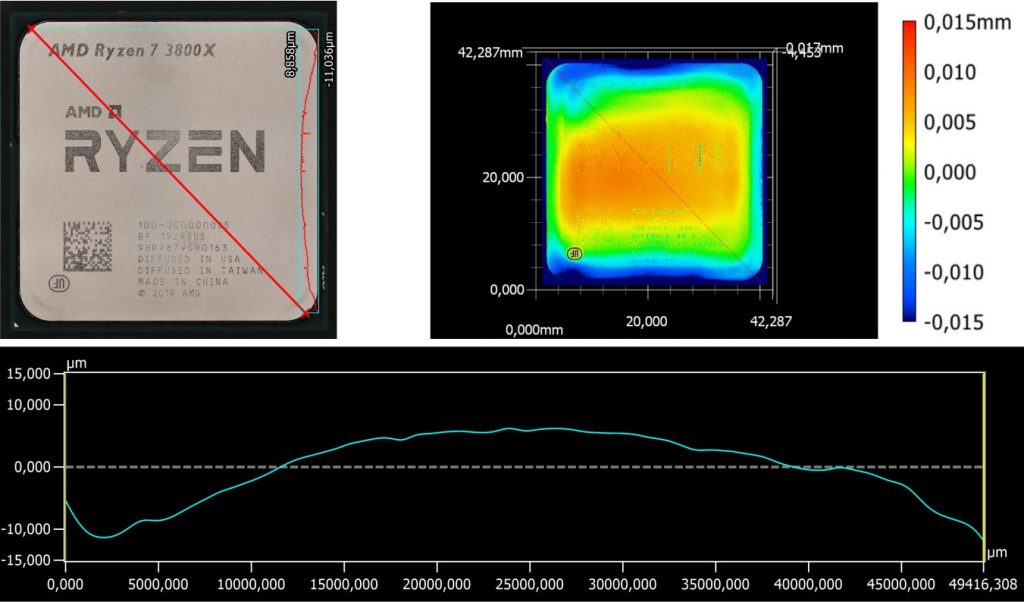
And now all of this again for a more recent Intel CPU:
Worth reading: CPU heatspreader examined in detail – do we now have to rethink AMD and Intel?
Graphics cards differ slightly here, because the chip is exposed. The main thing is to fill the possible gaps between the very straight and smooth die and the radiator base. Except for the well-known problems with curved bottoms of the vapor chambers, you can (and must!) Work with significantly lower layer thicknesses. Unless you have a current amp card such as an RTX 3080 or RTX 3090, even the chip is convex:
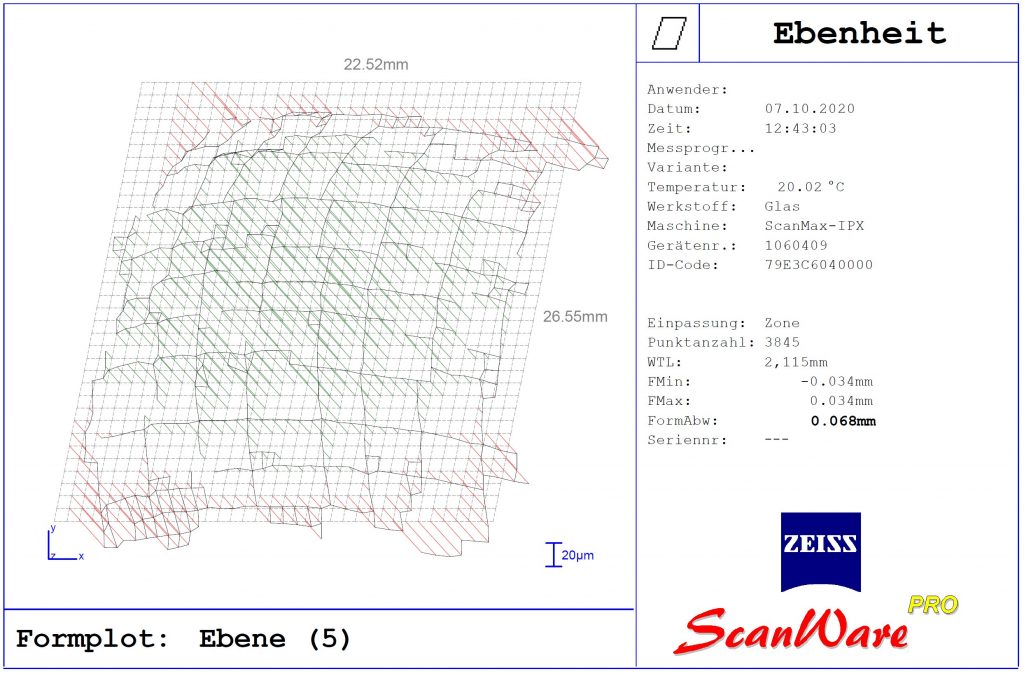
I will still exclude the liquid metal fraction here, because the whole thing is subject to the same laws, but due to the metallic connection it almost approaches the ideal. If you still want to do the math later, you are of course still welcome to do so (and then state the result). And if I am to be completely honest, a good paste together with good skills of the user can still achieve results that are not from bad parents either. Knew how.
Worth reading: GeForce RTX 3080 and RTX 3090 with a curved package – why water and air coolers have such a hard time
Marketing and Truth
Nobody can reinvent physics and bring breakthrough products to market that promise extreme differences. Sure, a little better is always possible, but at the moment you have already reached the limits where you can hardly do significantly better with conventional pastes. The pastes are now almost all really good, unless you are using an absolutely discontinued or budget product. Thermally conductive pastes are typically characterized by their high thermal conductivity in the form of watts per meter-Kelvin (W / (m * K)). Celsius and Kelvin are to be equated here, since it is all about the rate of increase in temperatures and the increase or decrease in temperature is specified here. I will explain this information and why it is composed in a moment.
Marketing discovered exactly this “K” value of thermal conductivity some time ago and drives the helpless little K as a compliant pig through the village. Because the higher the value on the box, the more expensive the contents can then be brought to the man (or woman or it). Now, of course, it is not the case that the “K” value is completely irrelevant, but we want to recalculate which difference is really still noticeable and where the snake oil wellness begins. And usability is another factor that can influence the results achieved in practice more than the pure chemical composition.
Whereby it is not even certain that the printed values are correct at all. You can hardly check it anyway, especially since even the manufacturer sometimes does not know or cannot check what he has actually printed on it and what is really inside. Or he knows, although the quality of the content varies. Well, units are not that important either, the main thing is that the number pays off. The industry is silent, mostly for good reason. Because the pastes are actually manufactured by third parties and only then reach the traders in matters of thermal paste via the fillers and processors. And often enough you actually get an identical paste under different names from different suppliers in the shops. The profit margins? Tempting!
Skills versus snake oil? Not exactly, but we’ll see in a moment on the next page that math can even be fun. So I’ll hold the formula stick out to you right away, you just have to jump over it yourself. But that’ll be fine.
- 1 – Introduction and Background
- 2 – The big billing and conclusion





